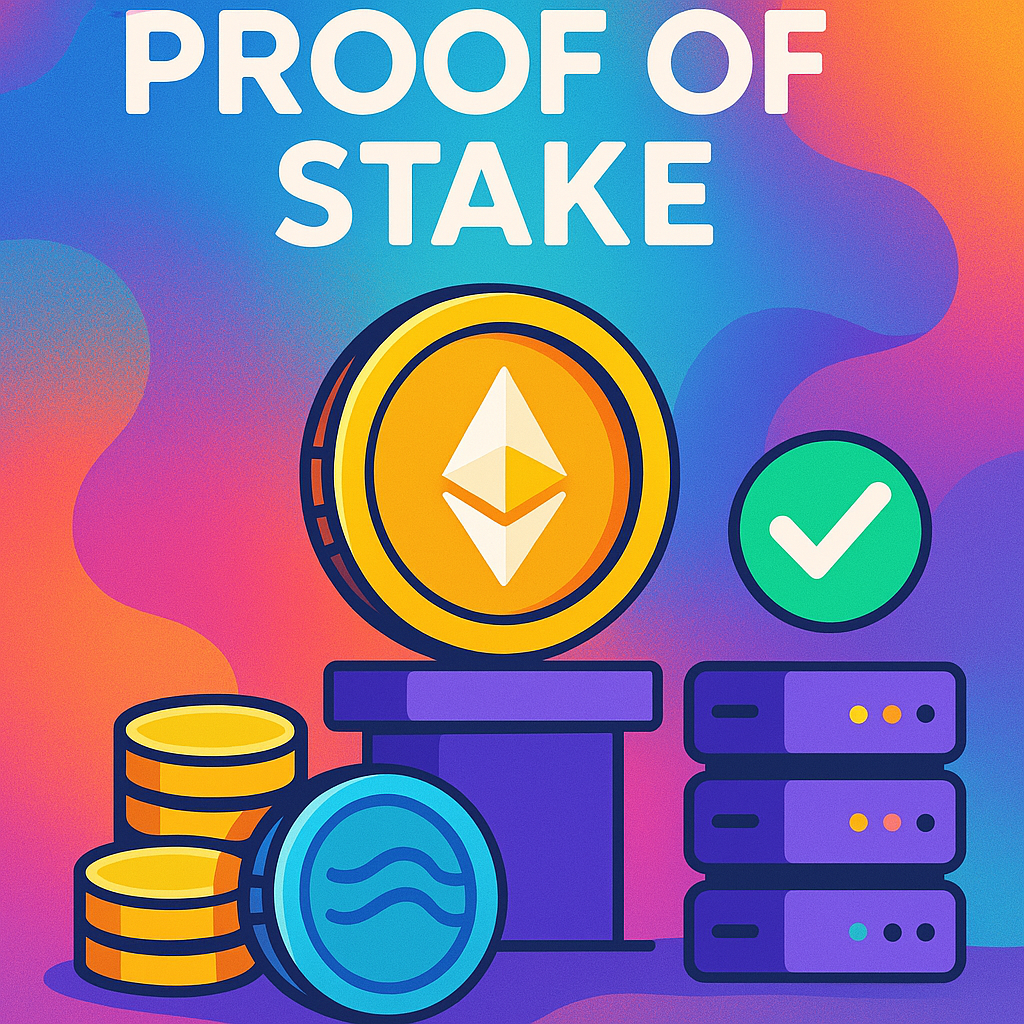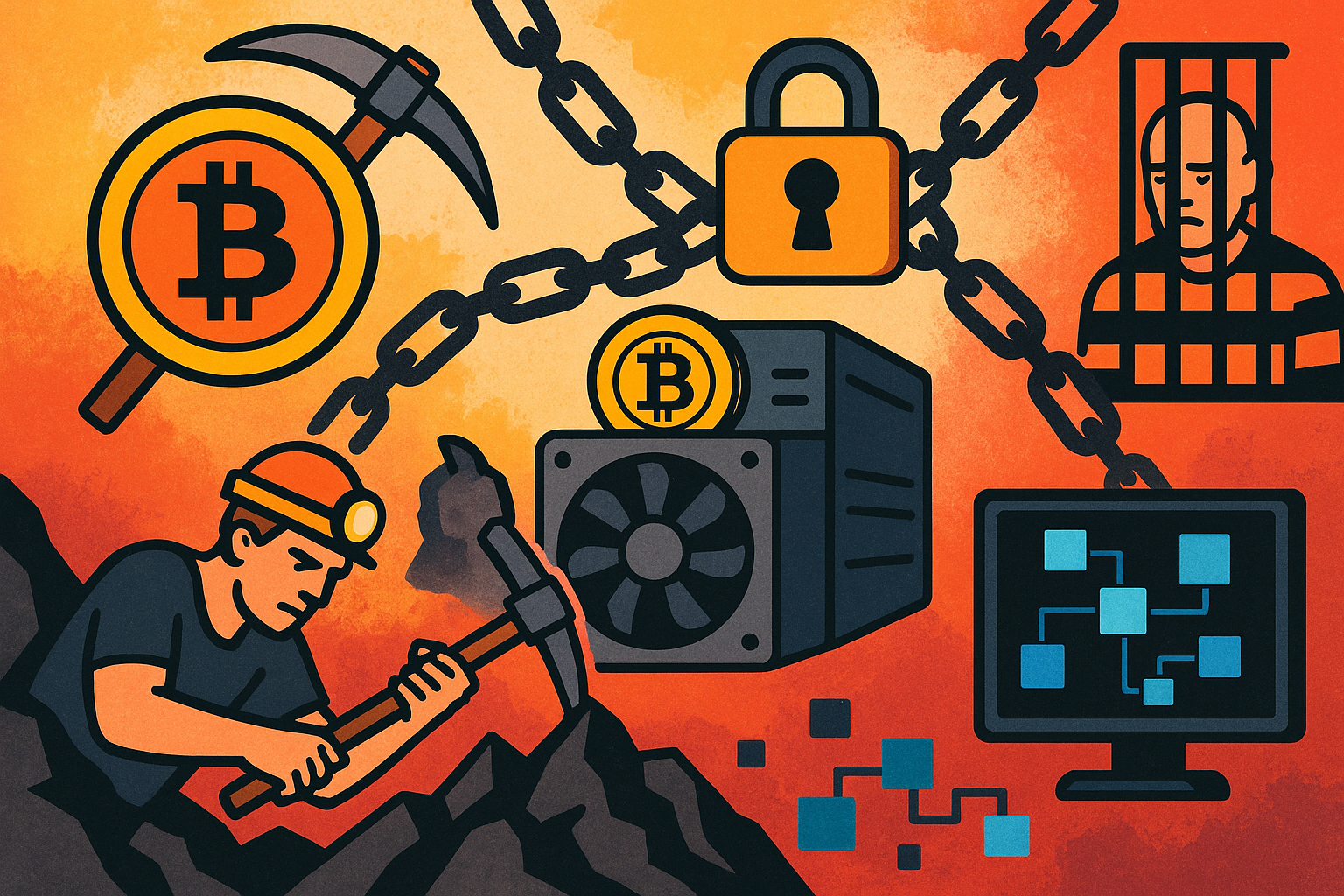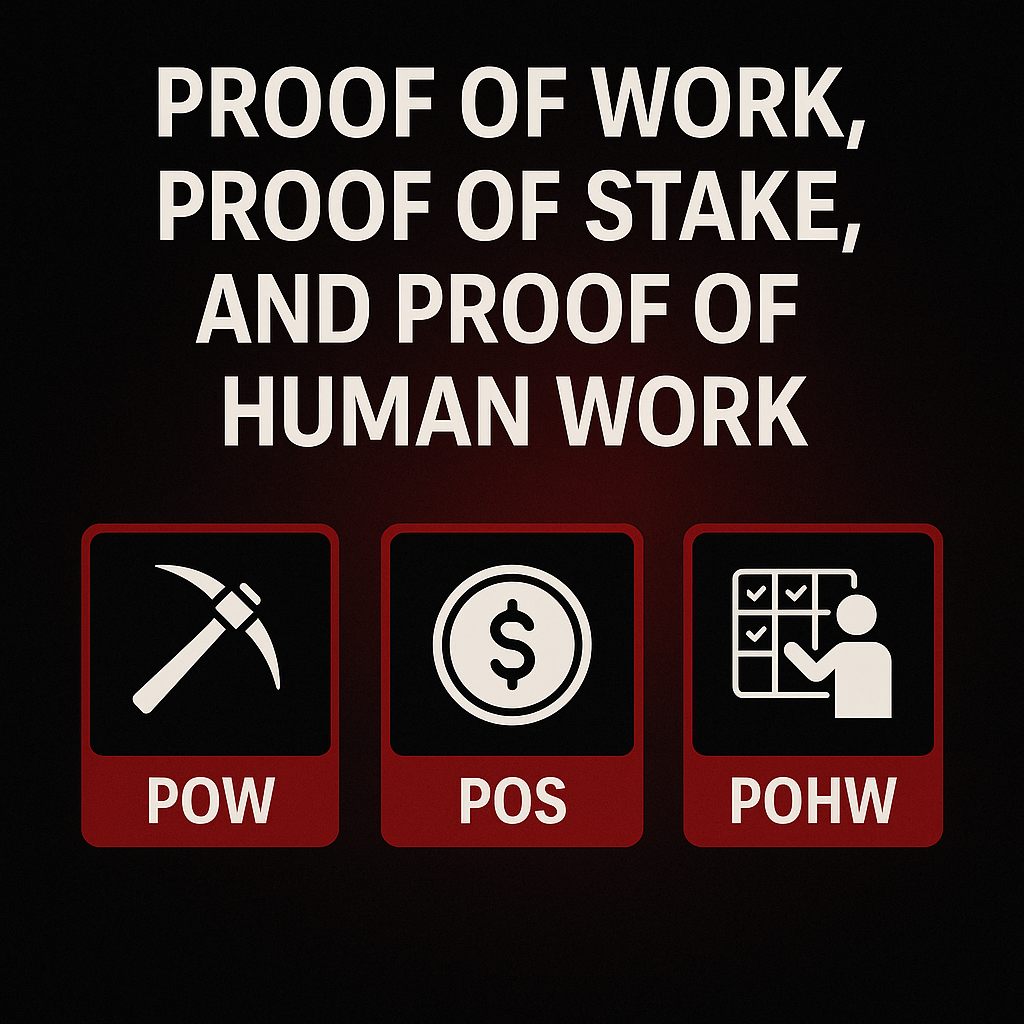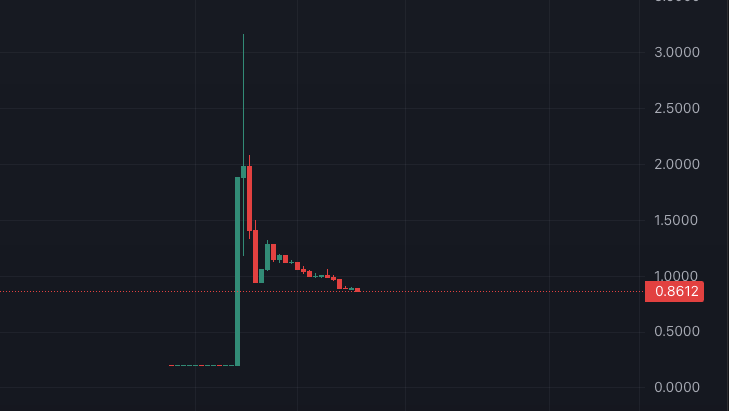
Visualizing the dangers of an unchecked Mint Authority on the Solana blockchain, where malicious developers can mint tokens at will, causing market manipulation.
What is Mint Authority on Solana?
On the Solana blockchain, Mint Authority determines who has the power to create (or “mint”) new tokens for a project. If a token’s Mint Authority isn’t properly secured or disabled, the person in control can continue minting tokens indefinitely. This could dilute the token supply and cause the price to tank.
Why Mint Authority Matters
Imagine holding 100 tokens of a project, and then the developer suddenly decides to mint another 100 million. Now, there are a lot more coins on the market, causing dilution. This is similar to the basic concept of “supply and demand.” If there’s more supply than demand, the price will drop.
A well-managed project will usually lock or disable Mint Authority after token distribution to prevent abuse.
How to Check Mint Authority on Solana
Always check the Mint Authority status of a token before investing. Use Solsniffer or a similar rug checker. Enter the token’s mint address in the search bar, and make sure it returns “No mintable risk.”
Ethereum’s Mint Functions: A Hidden Danger
While Ethereum doesn’t use Mint Authority, many smart contracts include mint functions that can achieve the same result. These functions allow developers to create new tokens whenever they want. This isn’t always bad, as some projects need to mint tokens for rewards or governance.
But here’s the catch: scammers can use mint functions to manipulate token prices. Always check mint functions if you’re buying sketchy meme coins or anything unproven and untested by time.
Common Rug Pull Tactics
Here’s how it usually goes:
- The developer hypes up the token to get people to buy in.
- When the price climbs, they use the mint function to flood the market with new tokens.
- They sell their freshly minted tokens, causing the price to crash.
After the price tanks, the devs abandon the project and move on to their next victims with a new coin.
How to Check Minting Mechanisms on Most Blockchains
Whether you’re investing in Solana, Ethereum, Binance Smart Chain, or similar projects, you can use rug-checker websites for your blockchain of choice. You can run a Google search for, “Rug checker (enter name of blockchain).” For example, “Rug checker on the Base chain”. You can use some variation of this search to find what you are looking for.
1. Use Rug-Checker Tools
Rug-checker tools analyze contracts for vulnerabilities and scams. Some popular ones include:
- TokenSniffer
- RugDoc.io
- Solsniffer
These tools highlight:
- Active Mint Authority on Solana.
- Dangerous mint functions on Ethereum.
- Admin controls that could lead to abuse.

2. Review the Code
If you’re comfortable with tech, you can look at the contract code directly:
- On Solana, verify Mint Authority status through Solscan.
- On Ethereum, use Etherscan to check for mint functions or any code that allows unlimited token creation.
3. Check for Audits and Transparency
Legitimate projects usually have their contracts audited by firms like Certik or OpenZeppelin. Stay away if you can’t find an audit report or if the project developers refuse to answer questions about token control.
A Solidity Example on Ethereum (EVM chains) of a Dangerous Mint Function

In the above code, the Solidity function allows the contract owner to mint tokens at any time and in any amount. Only the owner can call the mint function. The owner could mint a large number of tokens whenever they choose, leading to inflation and price manipulation.
Quick Tips to Avoid Scams
- Always Verify Mint Controls: Whether it’s Mint Authority on Solana or mint functions on Ethereum, make sure you know who has the ability to mint new tokens.
- Don’t Get Blinded by Hype: Scam dev teams often create excitement to distract you. They’ll convince you that big marketing events are coming, keeping you holding while they sell off their tokens.
- Use Trusted Tools: Sites like TokenSniffer, Solsniffer, and RugDoc can save you from investing in dangerous projects.
Final Thoughts
Checking Mint Authority on Solana, Ethereum mint functions, and similar minting mechanisms across different blockchains will help keep you safer. However, this is only one piece of the puzzle. Other things to check for include frozen contracts and blacklisting. There are so many ways sneaky devs try to trick you. It’s like a game of “Whack-a-Mole” because they always find new exploits. This website was created to expose these tricks, so check back often. Stay skeptical and assume everything is a scam until proven otherwise.
Also, be sure to check out my book, Meme Coins Made Easy: Beginner’s Guide to Buying Crypto on Decentralized Platforms to learn how to get started with decentralized platforms.
S Taylor is a crypto trader with five years of experience, having navigated a wide range of market dynamics and witnessed numerous scams firsthand. As a former victim of scams, S Taylor turned their focus to blockchain forensics and Solidity Smart Contract development, gaining deep technical expertise in the field. With a unique insider’s perspective, they’ve been involved in various crypto projects, where they’ve seen how developers can exploit vulnerable investors.
S Taylor is also the published author of Meme Coins Made Easy, a comprehensive guide that teaches beginners about cryptocurrency and how to identify and avoid common scams. S Taylor is dedicated to sharing valuable insights and helping the crypto community stay informed and safe.
Disclaimer: This article is for informational purposes only and should not be considered legal, tax, investment, or financial advice.






